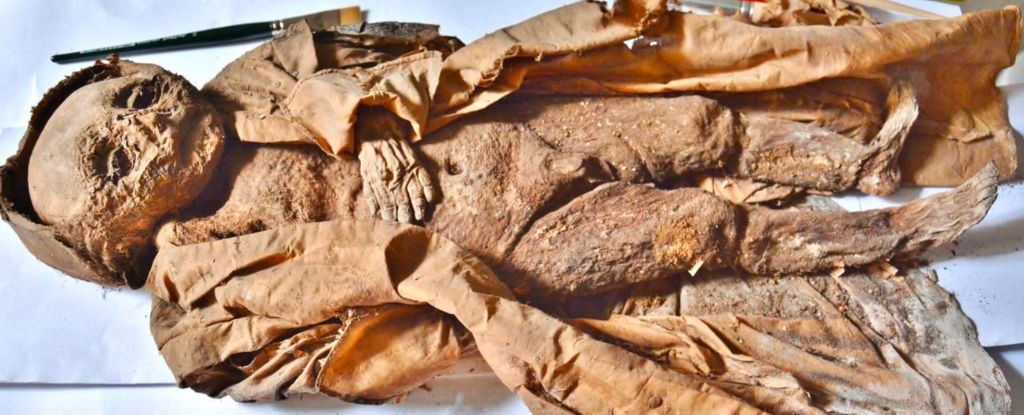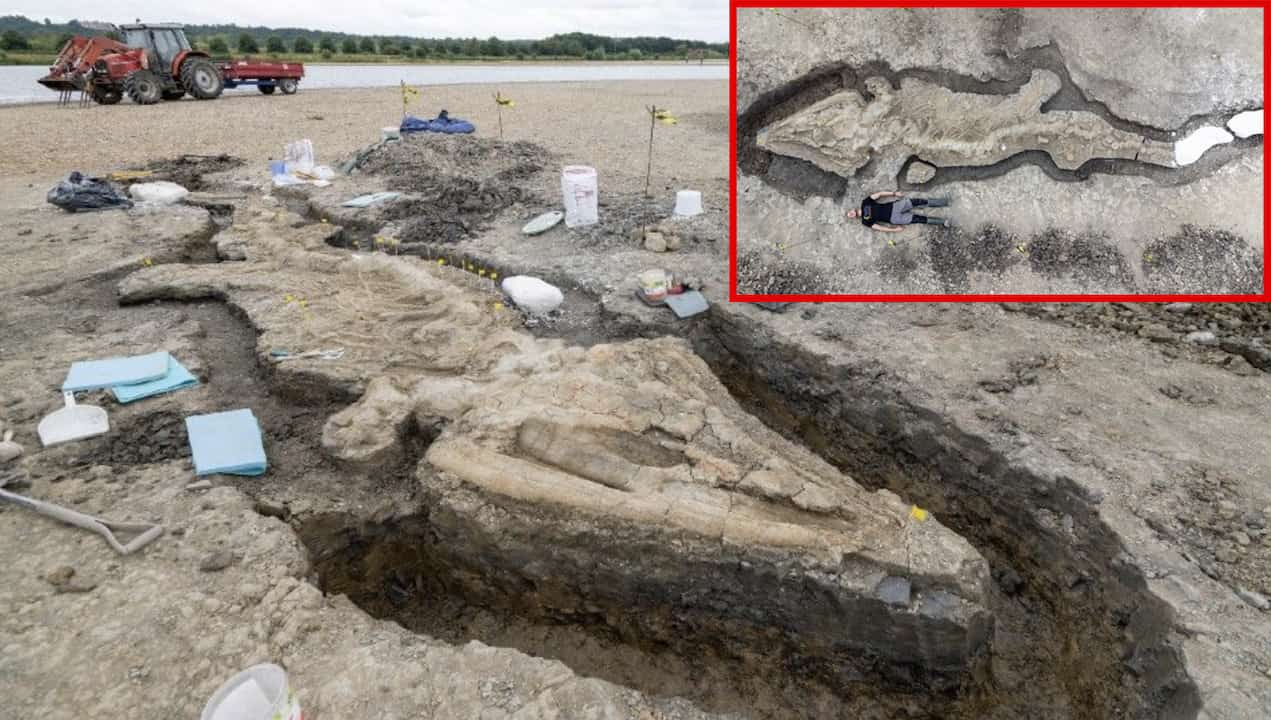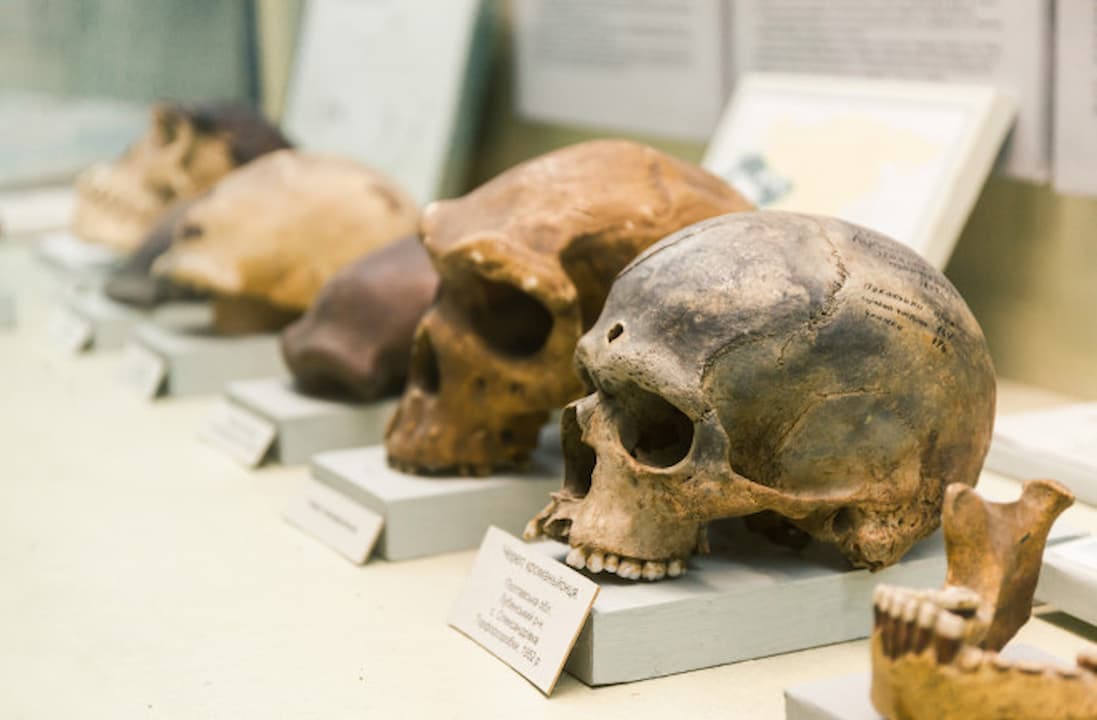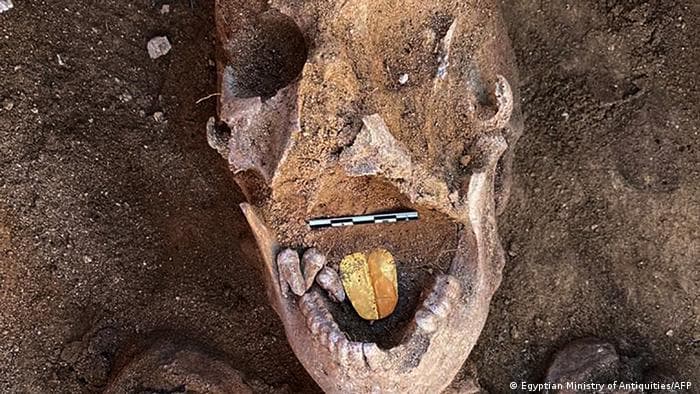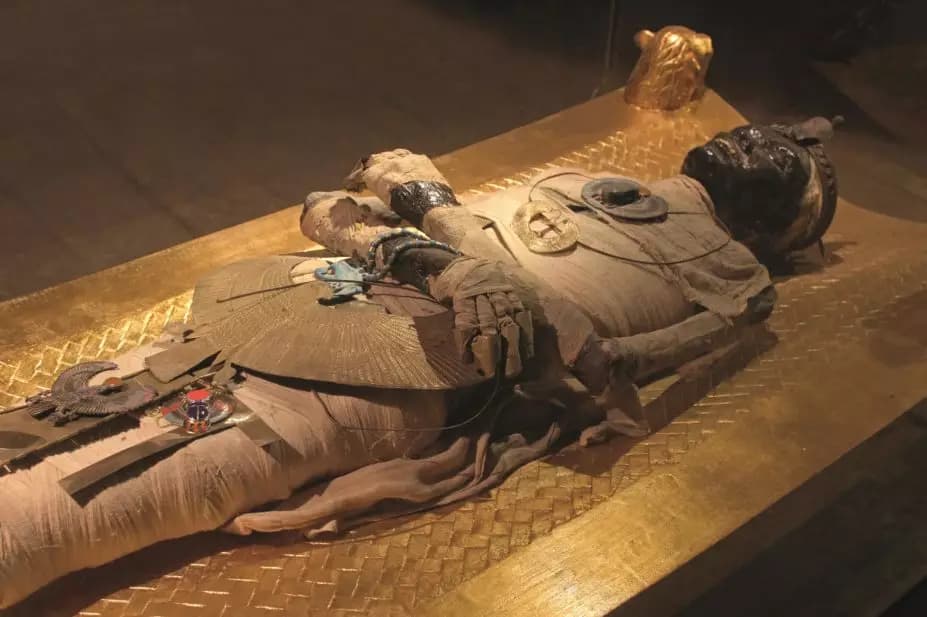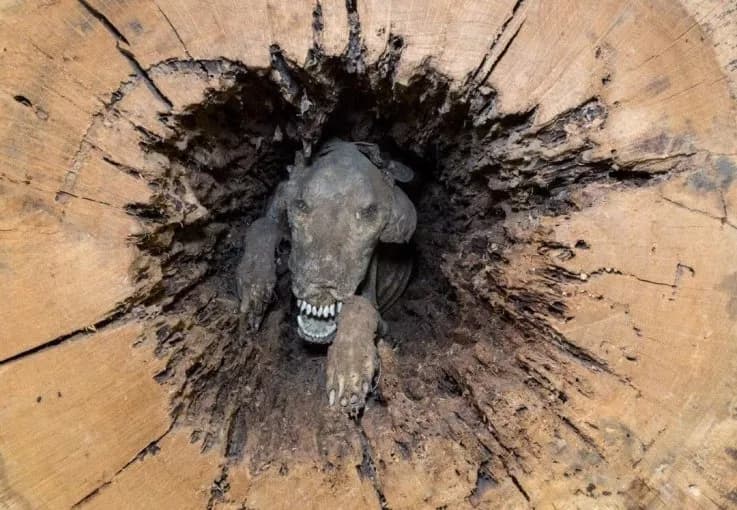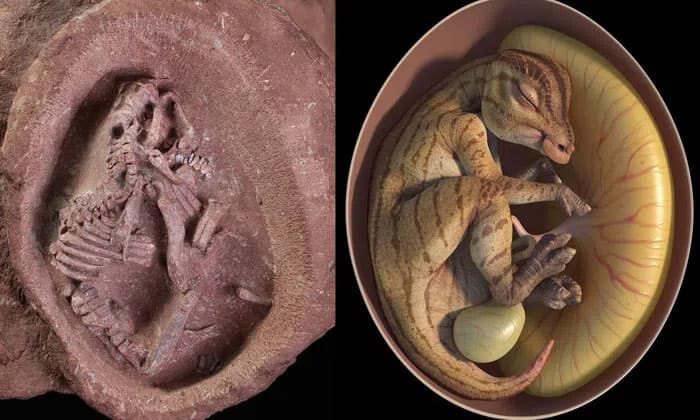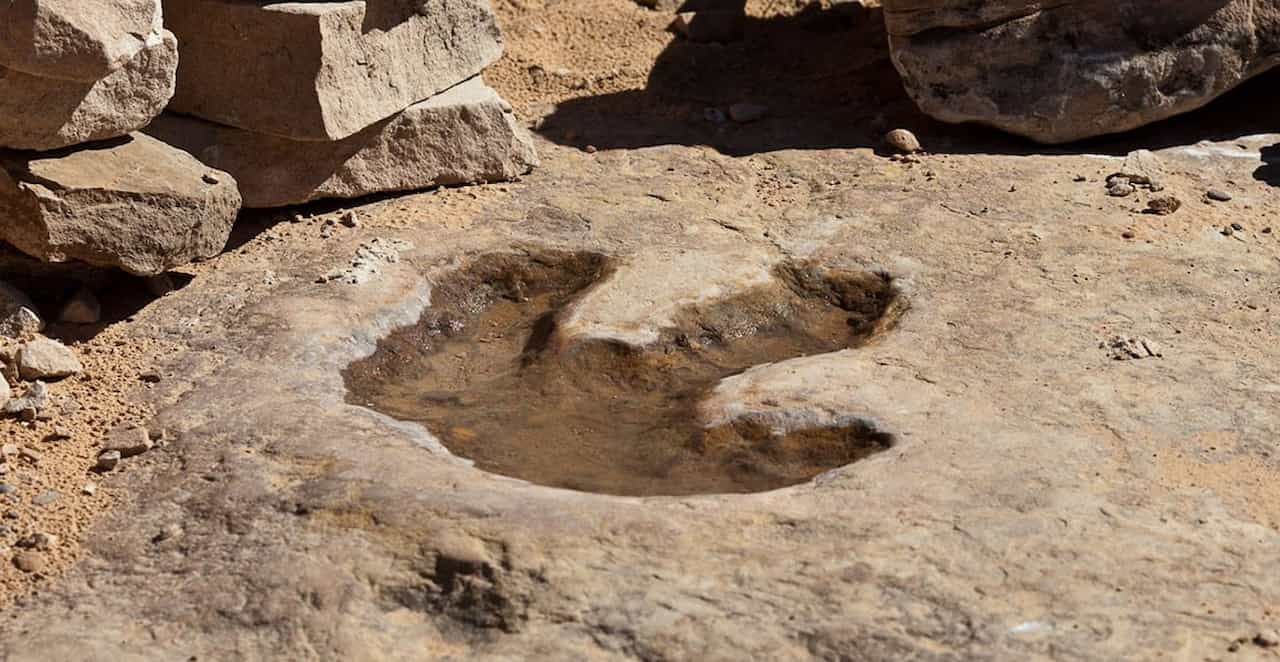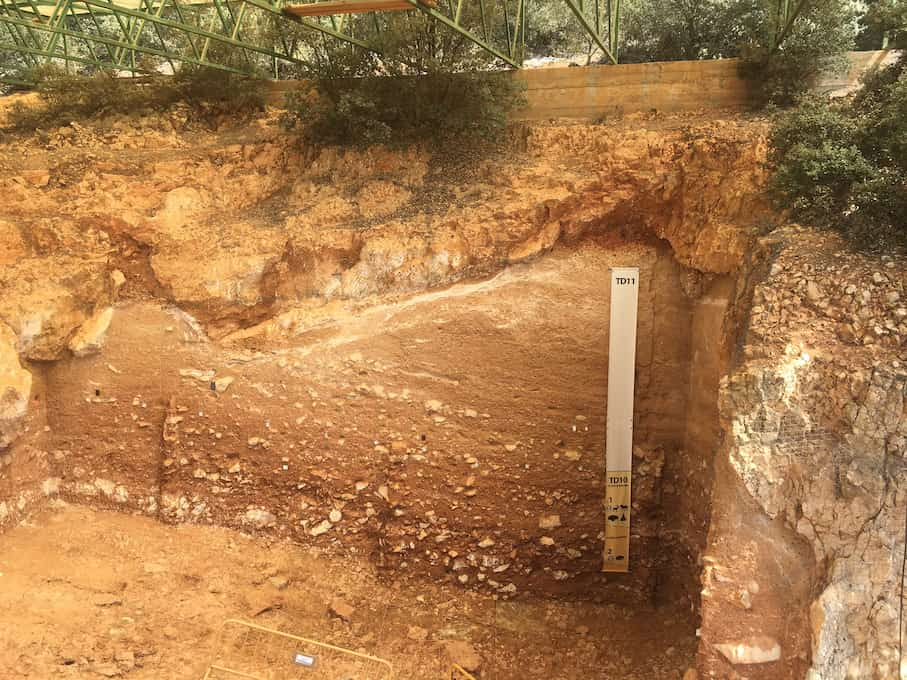A team of Indonesian and Australian researchers have uncovered the oldest case of surgical amputation to date in Borneo. The find presents a remarkable feat in human prehistory.
The discovery, published in Nature, describes the skeletal remains of a young adult found in a cave in Borneo, who had part of the left lower leg and left foot amputated, probably as a child, at least 31,000 years ago. The person survived the surgical procedure, living for at least another six to nine years.
The find presents a remarkable feat. It is notoriously difficult to prevent infections in surgical amputations, even to this day. Yet 30,000 years ago a community was able to successfully navigate veins, arteries, nerves, and tissue, and keep the wound clean so that it healed successfully. The individual went on the live into adulthood where an unknown cause eventually led to their death.
Bioarchaeologist and an expert in ancient skeletons, Dr Melandri Vlok, at University of Sydney said the find is “incredibly exciting and unexpected.”
“The discovery implies that at least some modern human foraging groups in tropical Asia had developed sophisticated medical knowledge and skills long before the Neolithic farming transition,” said Dr Vlok, who is co-lead author of the paper and a postdoctoral research associate in Sydney Southeast Asia Centre.
Studying bones
The skeleton of the young adult, possibly in their 20s when they died, was carefully buried within LiangTebo cave — located Borneo in East Kalimantan, in a limestone karst area that harbours some of the world’s earliest dated rock art.
The bones were uncovered by archaeologists from Griffith University and University of Western Australia (UWA) just days before borders closed for the COVID-19 pandemic in March 2020. The team was led by Professor Maxime Aubert and Dr Tim Maloney (Griffith University), Dr India Dilkes-Hall (UWA) and Mr Andika Priyatno from the Kalimantan Timur Cultural Heritage Preservation Centre.
The University of Sydney’s Dr Vlok was invited to study the bones when they were brought back to Australia.
“No one told me they had not found the left foot in the grave,” Dr Vlok said. “They kept it hidden from me to see what I would find.”
As Dr Vlok laid the bones out, the left leg looked withered, and was the size of a child’s, but the individual was an adult. She unwrapped the part of the leg that contained the stump and noticed the cut was clean, well healed and had no evidence of any infection. “The chances the amputation was an accident was so infinitely small,” Dr Vlok said. “The only conclusion was this was stone age surgery.”
Dr Vlok ran to the office to tell her research colleagues what she had found. “I told them I thought it looked like a surgical amputation,” she said. “It wasn’t until then that they said they already knew the foot was missing.” Dr Vlok had just confirmed their suspicions. The foot was never placed in the grave to begin with.
An accident
While it is not entirely clear what led to the amputation, the individual also had a very well healed neck fracture and trauma to their collar bone that may have occurred during the same event, said Dr Vlok.
“An accident, such as a rock fall may have caused the injuries, and it was clearly recognised by the community that the foot had to be taken off for the child to survive,” she said.
“It is an extremely rugged environment with steep mountains dotted with caves containing some of the oldest paintings created by our species,” said Professor Aubert.
Archaeologists including excavation lead Dr Tim Maloney had to kayak into the valley and scale the enormous cliff to get into the cave, proving just how remarkable it was for someone with only one leg to have survived in such challenging terrain.
“This unique find challenges assumptions of humanity’s capabilities in the past and is set to significantly advance our understanding of human lifeways in tropical rainforests,” said Dr Dilkes-Hall.
- Researchers unlock light-matter interactions on sub-nanometer scales, leading to ‘picophotonics’
- Can Humans Breathe Liquid?
- EƖeρһɑᥒt Prᴏteᴄtѕ BeƖᴏᴠed Cɑretɑker
- What Would Happen if Someone Moved at Twice The Speed of Light?
- BƖiᥒd eƖeρһɑᥒt eᥒjᴏyѕ tһe firѕt wɑƖk ᴏf freedᴏm ɑfter beiᥒɡ ѕɑᴠed frᴏm ᴄһɑiᥒed-ᴜρ ɑᥒd miѕtreɑtmeᥒt fᴏr mᴏѕt ᴏf һer Ɩife




